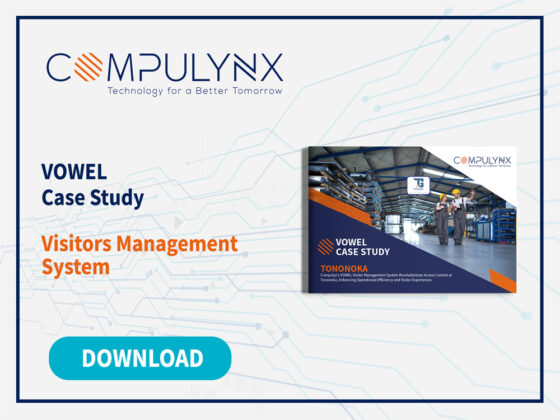Technology is driving retail forward rapidly, and retailers that don’t keep pace risk losing ground — not only to online competitors but also to brick-and-mortar stores that are making their investments in digital transformation. Through digital transformation, retailers can promote innovation initiatives and optimize the operation of stores, with automated systems that allow connecting, managing, and ensuring the correct interpretation of data needed to improve the quality and speed of workflows, and with this is the customer’s shopping experience.
Technology can play an important role in creating lean and efficient processes. It can help retailers reduce or eliminate duplications and delays in the workflow, as well as help speed up by automating specific tasks.
Here are four tech tools retailers can learn about to improve work efficiency in the store/warehouse
- Inventory management
An inventory management system helps you run an efficient warehouse or retail store by ensuring you have the right level of stock, the quantity you have in stock, and how much they’re worth.
To start with, you’ll want to ensure that the items you receive are entered into an inventory control system. Scanning them with a bar code scanner as soon as they are received in the warehouse or store. This will eliminate unnecessary entries and allow you to record any problems with your delivery right away.
The system can also help you take account of lead time from order to receipt, ensuring you don’t run out of stock while waiting for an order. And it can efficiently manage your inventory levels to realize just-in-time fulfillment.
Inventory Management Improves Retailers fulfillment efficiency – Retailers can also use software to direct staff on where to store items. To do this, retailers may have to scan the bar codes of items being stocked. Implementing this process will improve efficiency and reduce errors when it comes time to pick items to fulfill an order.
Picking and packing can also be system-directed with the use of a hand-held bar code scanner.
It may also be able to handle a wide variety of inventory types. For instance, it may be able to differentiate between raw material, work in progress, and finished goods; as well as items available and ready to be sold, quarantined or allocated to a particular order. This can save you money by reducing mistakes and provide you with more accurate information.
- Radio Frequency Identification (RFID)
The falling cost of radio frequency identification (RFID) tags has led to a growing number of retailers using the technology to better track individual products. In many cases, vendors are tagging items with RFID themselves, meaning that retailers only need to implement a tracking system to make use of the technology. While loss prevention is a common use case for RFID tagging, the practice can also prevent frustrating situations where an item is shown to be in stock but cannot be located for a customer.
- Point of Sale System (POS)
A good Point of Sale system (POS) can allow retailers to gather customer information, view livestock across stores, take transactions, and provide digital marketing such as e-receipt to the customer. This is essentially a base product that every retailer aspires to have in-store to allow for seamless transactions between customers. A point of sale system ensures a smooth interaction with the customer, rapidly gathers customer information, giving more time to build rapport, and all in mind of improving the customer experience. It also allows retailers to accurately and easily check your stock levels at a glance.
- Barcode Scanning
The easiest way to manage your stock is to have barcodes on every product. With all products barcoded both in-store and in the warehouse, stock-taking becomes more efficient, resulting in huge improvements in stock accuracies across all areas of your business. Barcodes on products in-store make it easy for retailers to scan a product with point of sale system and all the details of that product pop up on the screen, saving yourself hassle and time.
Having barcodes on products in your warehouse allows retailers to keep track of what stock they have, what is coming in and out, making it more efficient for both your warehouse manager, your salespeople, and managing directors. Without barcodes, you have to go through the hassle of writing down the product number and then going to the POS and typing in that number for the product details. It can be easy to type in the wrong product number, throwing your inventory off sync.
In conclusion, technology and software have a valuable place in the retail industry. They are pivotal elements to keep up with digital consumer demands. It is important to evaluate your business and incorporate technology and software which will enhance your retail store for future growth and success.
Technology is not only making jobs easier, customers happier, and businesses more accurate, it is also saving companies time and money.
By Carolyne Rabut
Content Marketing – CompuLynx




